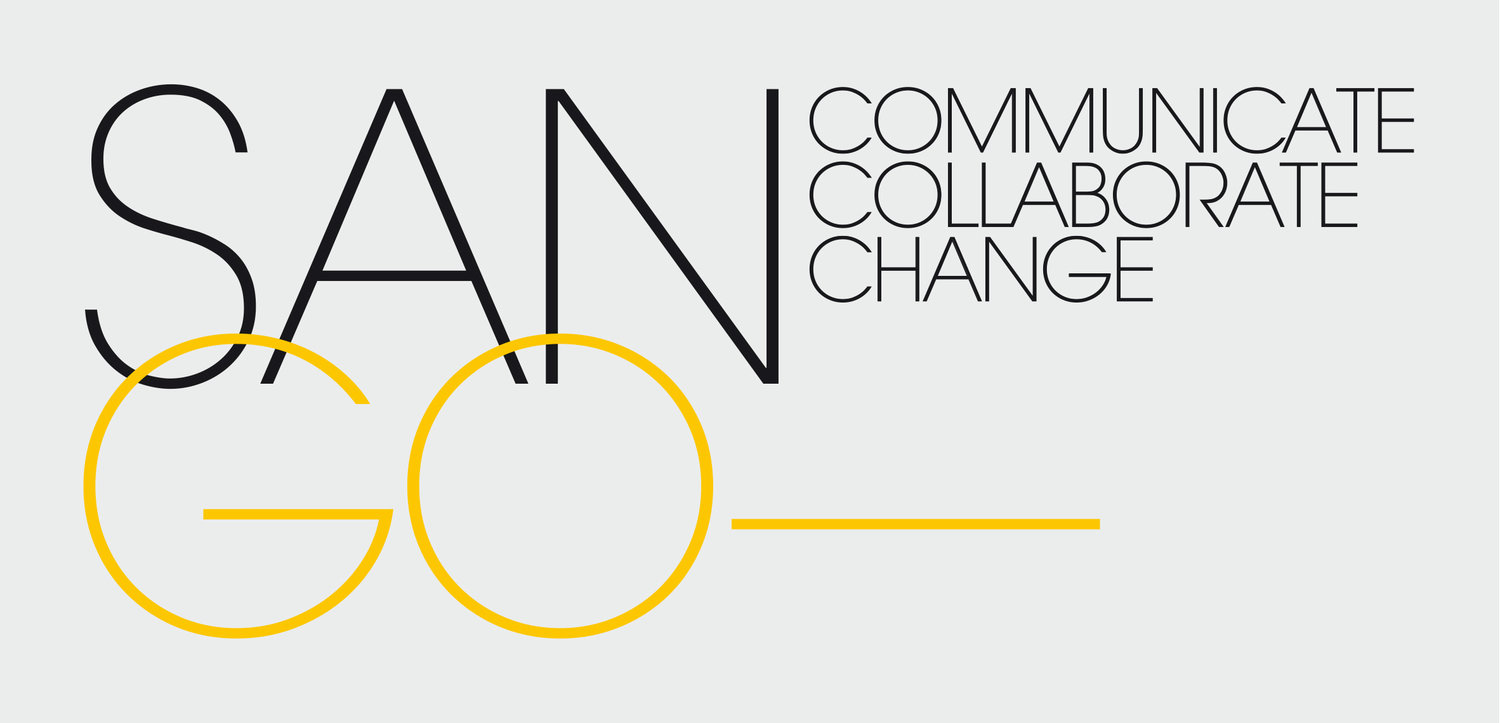The word ‘customer’ is often viewed negatively by charities. I’d like to challenge that perception. I believe it is the most accurate catch-all term to mean the recipient of goods, services, products, or ideas. ‘Customer’ can refer to the service user, the donor, or even an internal colleague.
In the following tips, customer most often refers to service users and donors; however, I’ve specifically chosen to use the term as, used in it’s broadest sense, it best describes anyone who gets value from the work you do. The customer is the person you focus on helping everyday at work, wherever they sit in the supply chain.
1. Understand what you want to achieve
The starting point is to understand what improvement looks like. That means getting an initial baseline measure, through customer feedback and analysis. Think about how you will measure the change – getting the metrics right is crucial.
2. Set small goals...combined with high expectations
Set small attainable goals to build momentum; concrete, completed outcomes help to win allies to a course of action while deterring opponents. Do not set stretch targets, as these are often de-motivating. To get the right direction of travel, though, it’s worth thinking about outlining Kaizan targets. These are unattainable end goals but they help to align everyone’s activities (eg “We want to achieve 100% customer satisfaction”).
3. Know your customer
It’s amazing how simple this sounds but how hard it is to achieve, especially in a consistent way across the whole organisation. Generically who is the customer – what do they typically look like and how do they behave, and what demographic are they from? (Also, ensure you’re not mistaking your volunteers for customers, as often happens). Then understand individually what makes them come to you. To do this properly you need to have the right systems in place, whether a simple card index or a complex Customer Relationship Management system.
4. Know what the customer really wants
The CEO of a major charity was talking about delivering Meals on Wheels, and how the organisation was planning to grow the offer. Customer interviews then actually revealed that people often ordered the same meal, day in day out. When asked, one customer said “I order steak because the dog likes it”. He actually wanted the company of the person delivering the meals, rather than the food itself! With this feedback, the charity grew their befriending offer and cut back on meals on wheels.
5. Know your products
It’s important that all staff and volunteers understand the full service offer, and not just the bit they deliver. This means educating, informing and enthusing your workforce. This is especially true in income generation, where a myopic approach by different departments can lead to big missed opportunities. A donor who could potentially give far more is not exposed to the appropriate product, and the ‘right level of ask’ is not made.
6. Know how to reach your customer
There are some creative ways to reach potential customers by thinking about their other interests. For example, one company I’ve worked with target potential customers through setting up appropriate channels on social networking sites, and helping with related queries.
7. Get feedback as part of business as usual
Having good systems to capture customer feedback is critical. This can be anything from on-line questionnaires to focus groups to mystery shopping. The latter should be used judiciously; fifty mystery shops a year can lead to fear on the front-line!
8. Hold quarterly / regular sessions to consider customer feedback
Any recommended changes to service from customer feedback need to be properly considered. Formal groups, all the way up through the organisation, should implement the necessary changes to process, systems and behaviours, and monitor subsequent behaviours.
9. Reward good customer service
When a member of staff or a volunteer really delivers great customer service they should be rewarded. This can be a simple recognition in an email or letter, or a more celebratory ‘employee of the month’. This acknowledgement often goes a lot further in motivating people than senior managers ever realise.
10. The customer is not always right
This may sound contrary to the oft given advice, but there can be a small percentage of customers who will always be upset or demanding more no matter what you do. Charities should accept this, and neutralise this behaviour through consistent responses throughout the organisation. The lesson here is: don’t always blame the staff member for poor feedback, but look to understand the context.
Steve Morley is Managing Director of strategy house Sango Consulting. He spent ten years working in campaigns, marketing and communications for big NGOs, before setting up his own consultancy in 2006. He has since worked in over fifty organisations across all sectors.
For more information call 07903 541124, email steve@sangoconsulting.co.uk or visit www.sangoconsulting.co.uk.


